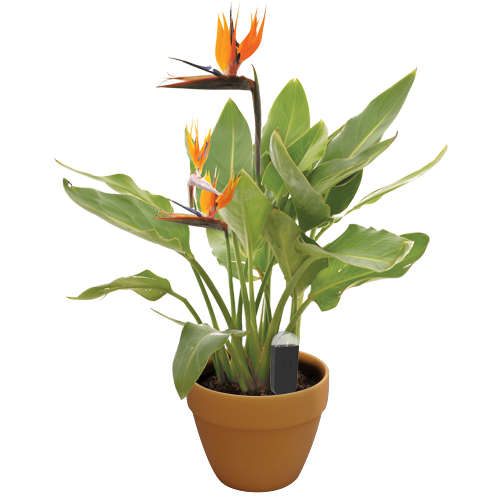Salix cinerea
TAXONOMÍA
FamiliaSalicaceae
GéneroSalix
Zona4
APRENDE MÁS
Plants of the World OnlineACERCA DE
Salix cinerea, commonly known as grey willow or grey sallow, is a species of willow native to Europe and western Asia. It typically grows in wet habitats such as marshes, riverbanks, and wet woodlands. The plant is deciduous and has a dormancy period during the winter months.
TAMBIÉN CONOCIDO COMO
Grey Willow
DESCRIPCIÓN GENERAL
VPDCalcular
AguaMuy mojado
SueloFranco
LuzMedio (6 Horas)
Temperatura15° C
Humedad70
Inactividad3 Meses
pH6,5
Presión1013
DETALLES
Instrucciones de cuidado
Salix cinerea requires moderate temperatures and high humidity for optimal growth. It prefers medium light conditions and should be kept in consistently wet soil. Regular watering is essential to maintain soil moisture. The plant can tolerate a range of temperatures but thrives best in cooler climates.Suelo
Salix cinerea prefers loamy soil that is consistently wet or waterlogged. Good drainage is essential to prevent root rot, but the soil should retain enough moisture to keep the plant hydrated. A soil mix rich in organic matter is ideal.Fertilizante
A balanced fertilizer with an N-P-K ratio of 10-10-10 is suitable for Salix cinerea. Fertilize the plant during the growing season, typically in spring and summer, to support healthy growth. Avoid over-fertilizing, as this can lead to nutrient imbalances.Trasplante
Repot Salix cinerea during its dormancy period in late winter or early spring. Choose a larger pot with good drainage and fill it with a loamy soil mix. Carefully transfer the plant to the new pot, ensuring the root ball is intact. Water thoroughly after repotting.Propagación
Salix cinerea can be propagated through cuttings. Take hardwood cuttings during the dormant season or softwood cuttings in late spring. Place the cuttings in water or a moist soil mix until roots develop. Once rooted, transplant the cuttings to their permanent location.Poda
Prune Salix cinerea in late winter or early spring before new growth begins. Remove any dead or damaged branches and thin out crowded areas to improve air circulation. Regular pruning helps maintain the plant's shape and encourages healthy growth.Toxicidad
Salix cinerea is not known to be toxic to pets or humans. However, as with all plants, it is advisable to prevent pets and children from ingesting any part of the plant.Adicional
Salix cinerea is a fast-growing plant that can quickly establish itself in suitable habitats. It is often used in wetland restoration projects and as a natural barrier to prevent soil erosion. The plant's catkins are an important food source for early pollinators.REVOLUCIONE EL CUIDADO DE SUS PLANTAS
Haga Que Cada Planta Sea Inteligente

Monitor de planta
SE QUEDA EN TU PLANTA
Mide con precisión las métricas principales de su planta (humedad del suelo, luz, temperatura y humedad), así como métricas compuestas como el déficit de presión de vapor (VPD) y los grados día de crecimiento (GDD).
Compra ahora
